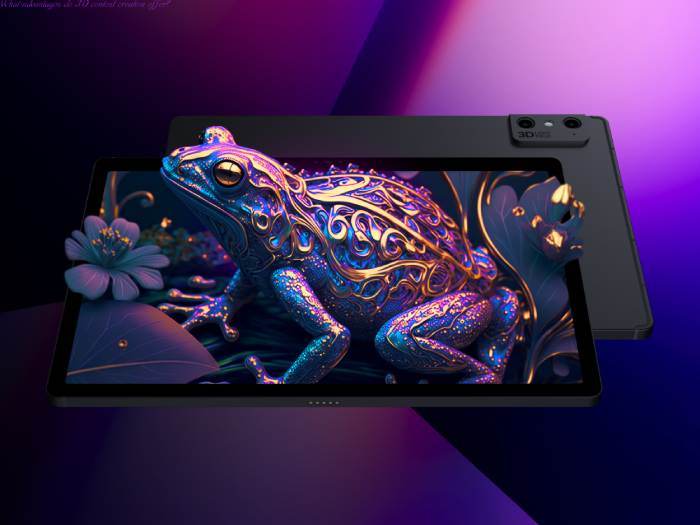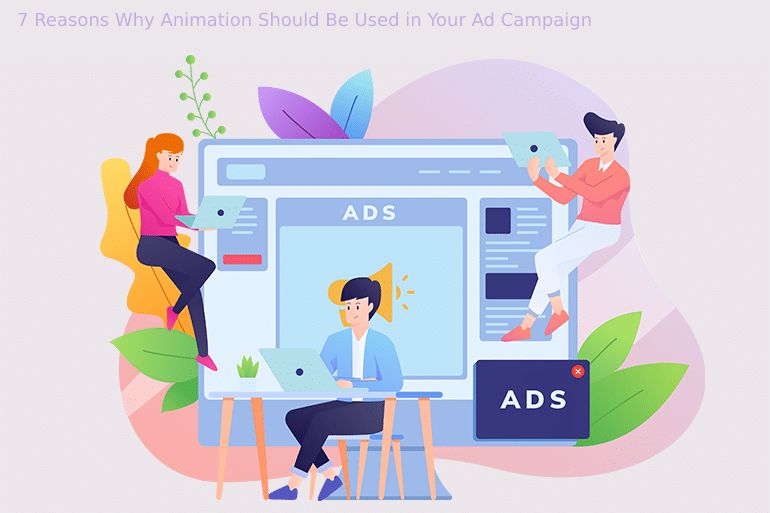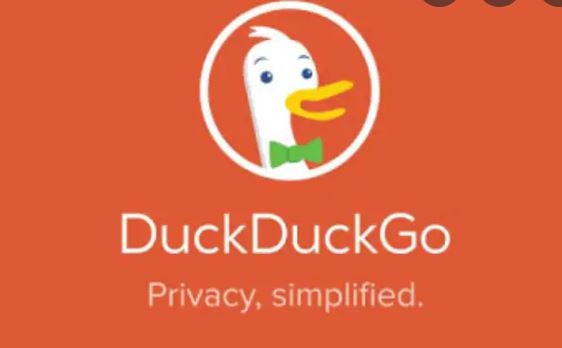The development of 3D material has become a potent instrument that redefines how we interact with visual and audio inputs in the constantly changing world of digital media. The world of 3D content offers many advantages that enhance our experiences and spur innovation, from movies and video games to architectural visualisation and product creation. We’ll delve into the fascinating realm of 3D content creation in this blog post and examine its many benefits to a range of businesses and artistic endeavours.
Table of Contents
Improvements to Realism and Immersion
The potential of 3D content creation to provide audiences with lifelike realism and immersive experiences is one of its most important advantages. With meticulous attention to detail, 3D settings and models can closely resemble the actual world. This is especially true in the entertainment industry, where 3D-rendered characters and backdrops fully immerse viewers in a narrative. For instance, video games use 3D visuals to build aesthetically appealing worlds that players can explore and connect with more deeply.
Flexibility and freedom in the arts
Artists, designers, and innovators have unmatched creative flexibility thanks to the three-dimensional canvas of 3D content development. In contrast to conventional media, 3D modelling and animation allow for the manipulation of elements in scenes and objects from any perspective, opening up new possibilities for design and narrative. This flexibility also applies to rapid prototyping in fields like product design and architecture, where 3D models can be rapidly altered and improved without being limited by tangible materials.
Visualisation and efficient communication
The development of 3D content is essential for clear communication and visualisation in industries like engineering and architecture. It is possible to simplify complex ideas and designs into easily understood visual representations, which makes it simpler for clients, stakeholders, and collaborators to comprehend and participate in initiatives. By digitally exploring a building or modelling engineering procedures, stakeholders can make wise decisions early in the design phase, saving time and costs.
Applications in Education and Training
With the advent of 3D content creation, learning experiences are now dynamic and interactive. For instance, in medical school, students can explore the human body in ways that textbooks can’t match, thanks to 3D simulations of anatomical parts. Using 3D graphics, flight simulators train pilots in various scenarios to prepare them for the real world’s challenges. This practical learning strategy improves comprehension and retention while lowering the risk involved in practical training.
Production and manufacturing efficiency
The generation of 3D content speeds up and simplifies procedures in sectors like manufacturing and production—virtual visualisation and testing of product prototypes before accurate manufacture can lower the likelihood of expensive mistakes. Engineers can see intricate gear and equipment in 3D, allowing them to spot problems before assembly. As a result, the entire manufacturing chain experiences shorter development cycles, less waste, and increased efficiency.
Creative branding and marketing
Businesses are enhancing their marketing and branding initiatives by using 3D content development. Three-dimensional models and animations provide fascinating visual presentations that may show off products from all sides, increasing customer engagement and understanding. Customers can interact with items in virtual locations through Augmented Reality (AR) and Virtual Reality (VR) experiences made possible by 3D content, strengthening the bond between a brand and its target market.
Conclusion
The advantages of 3D content development are extensive, spanning a wide range of sectors and artistic fields. The world of 3D content opens doors to new possibilities, from increased realism and immersion to inventive marketing methods and quicker production procedures. We can only expect greater adoption of 3D content creation in our daily lives as technology develops, enhancing experiences and changing how we view and engage with the digital world.
Also read:- The best online games for social interaction while you’re bored at home
- Drones: Basic Uses, Information, Features & More – 2024 - April 9, 2024
- When to Use Asymmetric vs Symmetric Encryption - April 8, 2024
- 7 Key Benefits of opting .NET for Web Development in 2024 - April 6, 2024



